On the rise
Community energy projects are on the rise, and one by one these projects are helping to shift the balance of power in Australia’s electricity supply. Since Australia’s first community-owned renewable energy project, Hepburn Wind, started generating in mid-2011, many projects have followed to create a small, but rapidly growing movement, from solar and battery storage projects to replace diesel in remote communities in WA, to bioenergy projects using town and agricultural waste, to partnerships with larger wind and solar developers.
There’s a whole lot of information sharing going on from group to group and project to project to enable others to get started. Find out more about community energy below, including the valuable resources you can tap into such as Z-Net and the Coalition for Community Energy, so that your neighbourhood, school or community group can generate its own clean, green renewable energy.
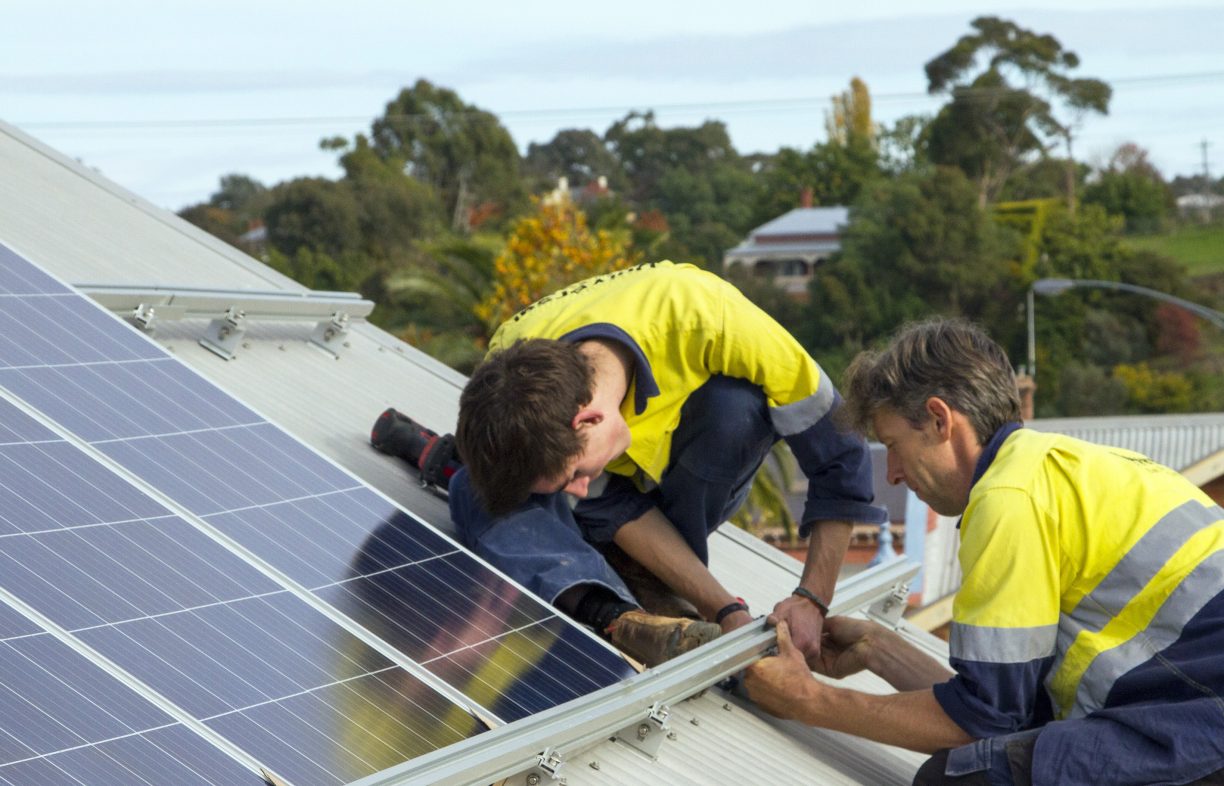
Households, neighbourhoods and even schools are creating their own community energy projects around Australia, and one by one these projects are helping to shift the balance of power in Australia’s electricity supply.
Community energy is when a group becomes involved in the decision making, development, operation and perhaps even owning energy assets and systems. Often this is as simple as community members banding together to put solar on the roof of a local community building, or using their collective purchasing power to get a better deal on solar panels. At other times it can be about energy efficiency and showing households how to save on their energy bills.
Renew magazine has many articles on community energy projects across Australia. Search the Community category on the magazine’s website to see the types of projects running around the country.
The number one driver for community energy projects is that people care about climate change, with the effects of climate change being felt more and more each year. Reducing carbon emissions to address climate change is a leading motivation for most groups, with many projects growing out of climate action groups in communities.
Participants also value the local dimension such as coming together with other people in their local area to collectively act on issues of concern, and the potential for part-ownership of the project. Economic motivations, such as getting a return on your investment or generating income for the community, also exist.
People plus power is powerful! From the experience of countries such as Germany and Denmark, we know that community-owned renewable energy has the potential to play a driving role in building a movement for a renewable energy transition. In both these countries, community projects have led investment in and installation of renewable energy, and have created a strong base of political support for policies that will push a renewable energy transition at a national level.
Although it is premature to know just what the impact might be in Australia, some indications of the change potential can be gleaned from the increasing political support from governments around the country. Projects are progressing thanks to the clear benefits of renewable energy and carbon emissions reductions, along with community ownership, participation and benefit.
Community renewable projects use models that are either donation or investment based, where individuals in the community put money, and effort, in to make the project happen. They invariably rely on a large amount of voluntary work, and often get some grants in the early stages to help them on their way. Large grants were important for getting both Hepburn Wind and Denmark Community Wind up and running due to the large upfront cost of the many feasibility studies and the planning applications, both of which can take years. Solar PV is proving to be a much more straightforward, scalable and flexible technology for community groups to work with. For this reason, a majority of groups are pursuing solar PV in various forms.
Renew has been involved in community energy in Australia for many years, dating back to 1995 when the organisation (then known as the Alternative Technology Association) acquired the Breamlea wind generator from the State Electricity Commission of Victoria (SECV), and proposed to maintain it in public ownership. An enthusiastic group of the organisation’s members carried out a series of repairs, modifications and automation improvements to restore the machine to reliable operation, generating a modest income from the sale of GreenPower.
In more recent years Renew has been a force behind the Coalition for Community Energy (C4CE), a vibrant organisation with 90-plus members that facilitates collaboration on community energy projects.
Renew has developed it’s own community energy projects that bring more renewable energy into the electricity grid, such as the Community Climate Chest. Find out more about C3 below or visit their website.
Renew is a project partner in Zero Net Energy Towns (Z-Net), a collaboration that support towns and villages throughout Australia to satisfy their own energy needs from renewable energy sources. The town of Uralla in NSW and Hepburn Shire in Victoria have been selected for the pilot projects, with more towns to follow the Z-Net blueprint soon.
The Z-NET Blueprint is a model that enables Australian communities to assess and design their own plan to achieve 100 per cent renewable energy within five to ten years, in a way that is competitive on price, quality, security and reliability. The approach is two-pronged: reduce energy use and then import or locally produce energy from renewable sources to meet or exceed energy needs.
The blueprint was developed by a consortium of eight organisations, led by the Moreland Energy Foundation and managed by Starfish Initiatives, and supported by a 10-member advisory panel of specialists in the sustainability and energy field.
The blueprint sets out a simple logic for communities across Australia to establish a least-cost approach to becoming a Z-NET. Z-NET continues to seek funding to support a second round of three to five zero net energy towns. Learn more about the Z-NET blueprint and future opportunities via the Z-NET website.
Renew is a member of the Coalition for Community Energy (C4CE), a loose coalition of over 90 organisations working to promote and foster community energy projects. This is the group for you if you want to start your own community energy group, learn more about how to develop a community renewable energy project, understand the national energy market or help influence government policy and strengthen the community energy sector.
C4CE has hosted the very successful Community Energy Congress in 2014 and 2017, a gathering of community energy advocates to collaborate, engage and share their experiences and tools.
Visit the Coalition for Community Energy website to find out about upcoming events or how you can get involved.
Renew is co-administrator of the Community Climate Chest, an initiative that gives you access to cheaper, tax-deductible GreenPower and carbon offsets online.
The not-for-profit C3 scheme offers the community cheaper GreenPower from a range of clearly identified renewable energy generators, which can be easily compared.
C3 only buys 100 per cent Government-accredited GreenPower, plus carbon offsets accredited under the rigorous international Voluntary Carbon Standard (VCS). The C3 scheme charges only minimal administrative fees.
Furthermore, payments to C3 are tax deductible to the end consumer and GST does not apply.
Find out more at the Community Climate Chest website.
Community solar can benefit those in the community who can’t invest in solar technology. This includes renters, apartment owners, those living in homes with shaded roofs or heritage overlays, and those who can’t afford to install a residential system on their own home.
Community solar projects enable neighbourhoods to develop and own their own renewable energy infrastructure. It answers the calls for social equity for solar in Australia, as renters, apartment dwellers and low-income households can have the opportunity to make a direct investment in solar PV.
Two main models work effectively in the current Australian context. Both models involve a so-called ‘behind the meter, below the load’ approach, where a host building (a large energy user) agrees to purchase all the electricity produced from a solar PV array installed on their roof by the community group. This avoids the issue of selling the energy into the energy market. The two main models for delivering ‘behind the meter’ solar are donation-based and investment-based.
Read more about these two models in the Renew magazine article Community Energy Steps Up.
Not everybody has a sunny rooftop suitable for solar or lives in a house or owns where they live. These people form a large cohort of ‘locked out’ energy users. ‘Solar gardens’ are one way to enable households who would otherwise love to benefit from owning their own solar panels but their situation does not allow. A solar garden works by allowing many electricity customers to collectively own a solar array, which is perhaps situated on the outskirts of town. This is becoming a normal enough approach in the field of community energy these days, but what’s special and unique about solar gardens is the way in which the benefit of ownership flows to these customers. By involving a sympathetic electricity retailer, the customers receive an on-bill credit for electricity their solar panels produce.
This model breaks the link between needing to own a sunny roof and ownership of solar PV. Community energy groups are already in discussion with friendly electricity retailers in Australia, taking the first steps towards making solar gardens a reality and ownership of solar possible for everyone.
LATEST ARTICLES
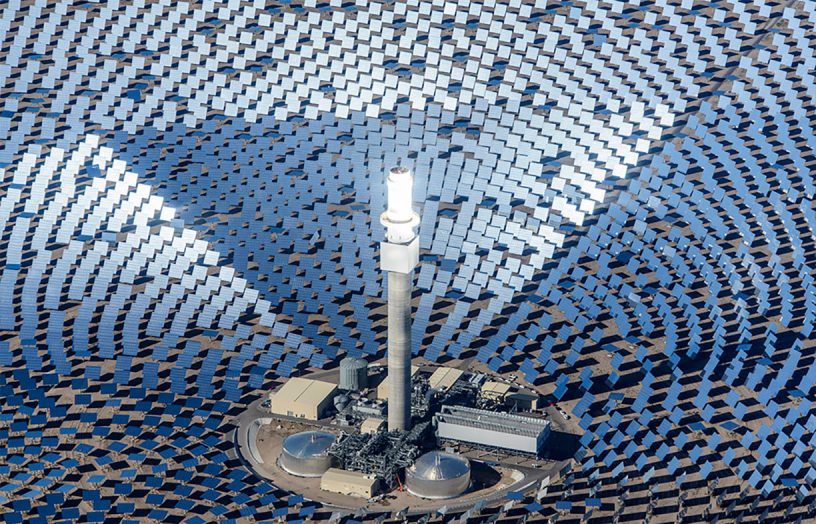 Renewable grid
Renewable grid
100% renewable grid: just how feasible is it?
With ongoing discussion by government and media about the effect of renewables on the grid, Renew’s Andrew Reddaway and Damien Moyse consider the feasibility of 100% renewables for Australia.
Read more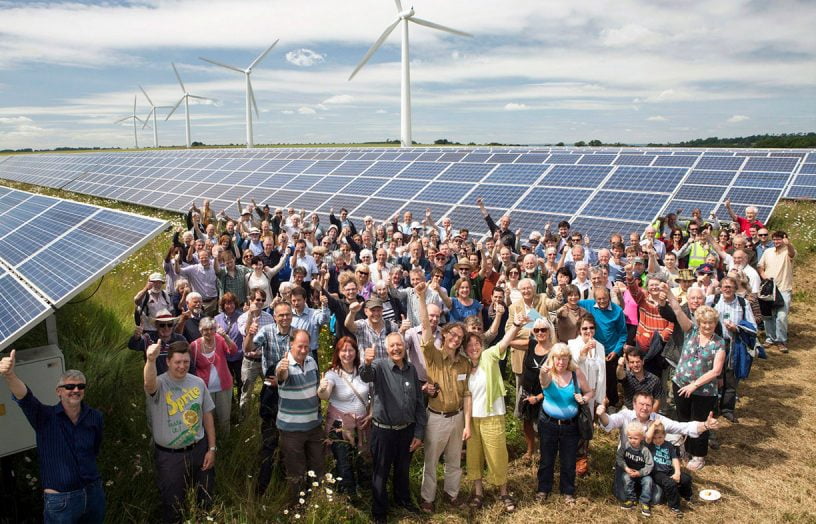 Community
Community
Community energy steps up: decarbonising at the local level
Community Power Agency reports on the many projects taking off and some of the remaining barriers.
Read more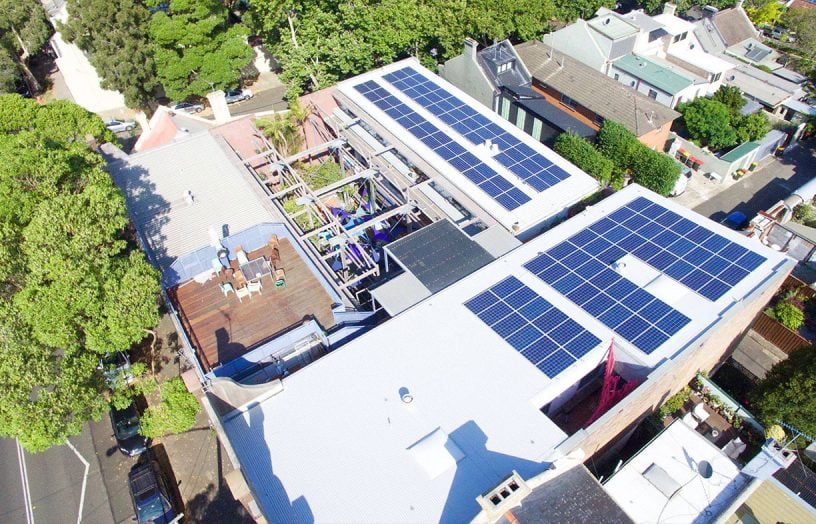 Solar & batteries
Solar & batteries
Raising the roof: Solar for renters and apartment dwellers
Tenants and residents of strata complexes have traditionally struggled to access solar. Dr Björn Sturmberg and Anna Cumming look at how these groups can join the solar revolution.
Read more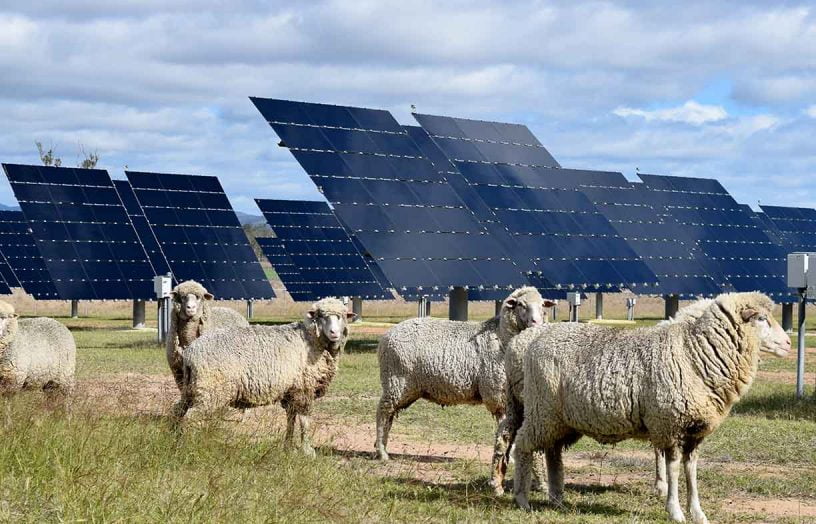 Research
Research
100 percent renewable energy by 2030
Australia can have an electricity grid entirely run by renewable energy by 2030, according to a new research paper by Renew.
Read more




